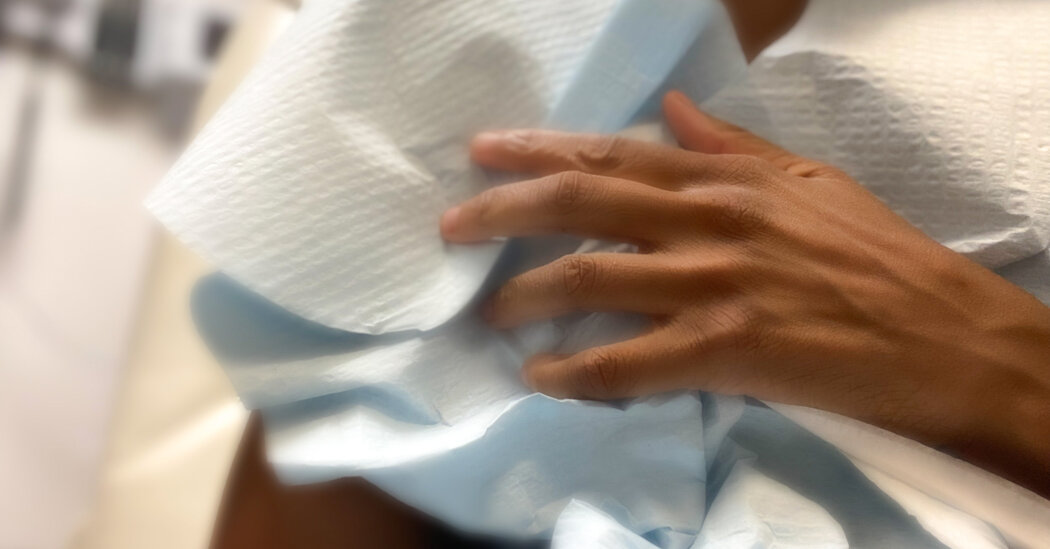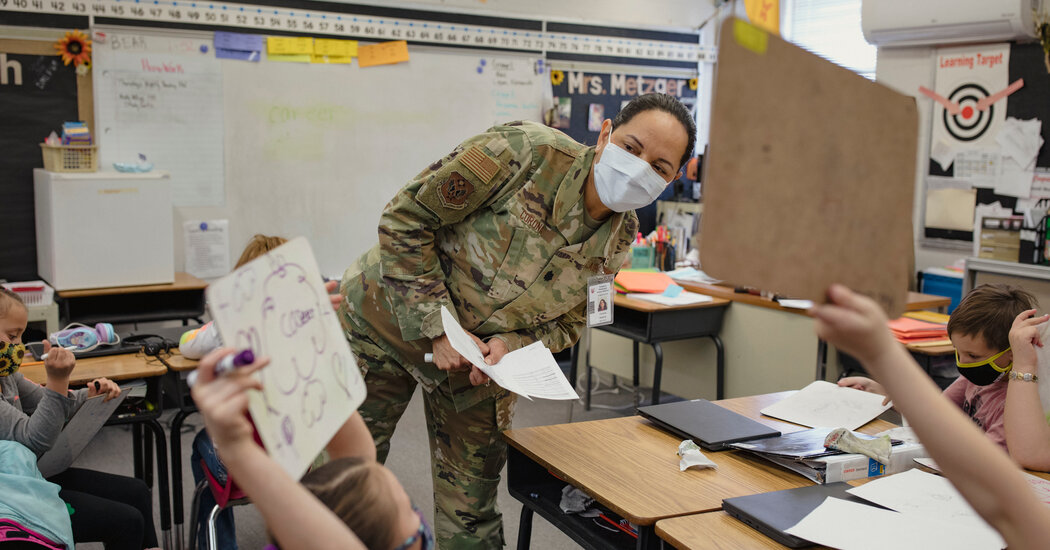
There’s a lot I don’t remember about giving birth to my first child. But I do remember 24 hours of back labor followed by two hours of pushing to no avail. I remember, through a high fever and the agony of exertion, my body shaking with hard chills when I heard the doctor say the words “emergency C-section.” I remember feeling a scalpel run along my midsection and screaming “Yes!” when asked if I was in pain and then “No” when asked if I would like to see my baby. No way did I want to meet my child for the first time under these circumstances.
What I don’t remember is being administered ketamine, then primarily a party drug and horse tranquilizer, but occasionally given to women during childbirth — albeit with the occasional adverse effect of disinhibition. I don’t remember deciding, mid-surgery, that I’d had enough and declaring, “I’m leaving,” as I heaved my open body off the table. I don’t remember being held down by two doctors while my body parts were gathered and reinserted into my torso.
But I was lucky. It could have been worse. Many women who undergo emergency cesarean sections suffer from hemorrhaging and blood clots, including life-threatening pulmonary embolisms. Some women are injured by the procedure itself, which is, after all, major abdominal surgery and can result in a perforated bladder or bowel. Some women suffer from postpartum infections to the incision wound, which can reopen during recovery. Some require additional surgery just to get over the initial surgery.
When I was pregnant with my second child, I wanted to do everything possible to avoid another C-section. Many doctors refuse to provide a vaginal birth after a cesarean, or V.B.A.C., because there is a small (less than 1 percent) risk of uterine rupture, which can be fatal to the baby and gravely injurious to the mother. I managed to find a doctor who would. Alas, my second child arrived early on Thanksgiving weekend, and the task of delivery fell to another obstetrician, less keen on my plan. Throughout labor, he refused to answer when I asked if he thought the V.B.A.C. would be successful. Only after the baby’s head and broken clavicle were out of my body did he reply.
But I was lucky. It could have been worse. Only about 13 percent of women even attempt a V.B.A.C. Preferring to avoid the risk of litigation and favoring the relative ease of a scheduled C-section, obstetricians often discourage V.B.A.C.s. Many hospitals, particularly in rural areas, do not allow V.B.A.C. deliveries. Black women are less likely to have V.B.A.C.s than white women and more likely overall to have C-sections. Yet repeat cesareans carry their own risks, including placenta previa, placenta accreta and unplanned hysterectomies.
When I was pregnant with my third child, my morning sickness — a misnomer because the nausea intensified as the day wore on, peaking at night — drastically worsened. Every day I would wake up knowing the day would only get worse. Everything made me feel sick: eating, not eating, the smell of anything, the sensation of hot water on my hands, the overwhelming stimulus of full-color TV. Eventually, like many women, I went on antiemetics, terrified I would harm my baby in the process.
But I was lucky. I could have had to endure the nausea while on my feet all day working at a fast-food counter or in a warehouse, worrying about being fired for a long bathroom break, lateness or absence. I could have had hyperemesis gravidarum, a severe form of morning sickness that affects at least 60,000 American women a year and can require hospitalization. I could have had pre-eclampsia, which affects around 400,000 women a year and can result in seizures and hospitalization. I could have been on any number of medications for existing conditions that would have had to be suspended during pregnancy in order not to put the fetus at risk, but leaving the mother’s physical or mental health at risk.
I was lucky. It could have been worse. Living in a major city and with excellent health insurance, I had access to high-quality medical care. I delivered three full-term babies in my 30s, when the risk factor of having a premature baby rises, affecting roughly 380,000 births a year. A small percentage of those births are before 32 weeks, often requiring prolonged stays in the neonatal intensive care unit, often with long-term health consequences.
I was lucky. I didn’t have to carry to term the product of rape or incest. I didn’t have to give up those babies to adoption, with the pain of my unneeded milk coming in to remind me of what I’d lost, left to wonder what would happen to a human being who was once a part of me and who might be forever haunted that I chose to give her up. I might be haunted too.
I was lucky never to have needed an abortion. But a woman’s right to choose means I was able to choose to have my children, no better reward for the pains of pregnancy and childbirth, no greater responsibility than to bring another human into this world. I could support my children emotionally and financially. After all that — and what for many women is far worse — I didn’t have to give them up.
There are good reasons American women overwhelmingly choose having an abortion over giving up a child for adoption. Childbirth is the far riskier medical procedure. America has one of the highest maternal mortality rates in the developed world.
In the leaked Dobbs draft opinion, Justice Alito noted that many abortion opponents point to the fact “that states have increasingly adopted safe haven laws, which generally allow women to drop off babies anonymously, and that a woman who puts her newborn up for adoption today has little reason to fear that the baby will not find a suitable home.” For these advocates, “just” having the baby is a perfectly viable option.
It may seem perfectly viable to someone who has never been pregnant or given birth. Perfectly viable to someone with no concept of the full range of women’s concerns and fears. Perfectly viable to someone who has never had to make these choices — and live with the consequences.




